When someone mentions Junghans, in all likeliness one of their impeccable Max Bill watches comes to mind. We’ve looked at those a few times on w&w, and will likely do so again in the future. But, Junghans does a lot more than make the Max Bill watches, in fact those just scratch the surface. Founded in 1861, Junghans is one of the quintessential German watch brands, a brand focused on quality, design and execution while maintaining sensible prices. Of their various lines of watches, their Meister series exemplifies these traits. Drawing a bit from the Max Bills, their archives, as well as looking forward, the Junghans Meister watches skillfully mix classic watch making with both vintage and contemporary aesthetics.
For our first in-depth endeavor into the Meisters, we’re got our hands on the Kalendar Moon, which features a complete calendar module. This increasingly rare complication grants both intrigue and a lot of value to this watch by adding day, date, month and moonphase complications to an automatic movement. By rare, I really mean it. This is in fact the first we’ve ever reviewed on w&w. If you’re prone to crawling vintage forums, you’re likely familiar with them as they were more in-vogue in the mid to early 20th century. Now, few brands feature them, most really being annual calendars made by high luxury brands.
Dubbed the J800.3, the Kalendar Moon is powered by a decorated ETA 2824-2 with a Dubois Depraz 9310 module. To my knowledge, few other brands offer a complete calendar in this price range, with only Louis Erard coming to mind. Beyond the movement and function, however, the aesthetics of the Meisters are in a league of their own (ok, the Max Bills are there too). Featuring a beautifully curved case, domed dial and hands and a massive domed acrylic crystal, the Meisters speak to vintage watches, but look and feel like modern sculptures on the wrist. At $2,190 the Junghans Meister Kalendar Moon is not inexpensive, but is priced well for a unique German made watch with a rare complication.









 Featured Videos
Featured Videos




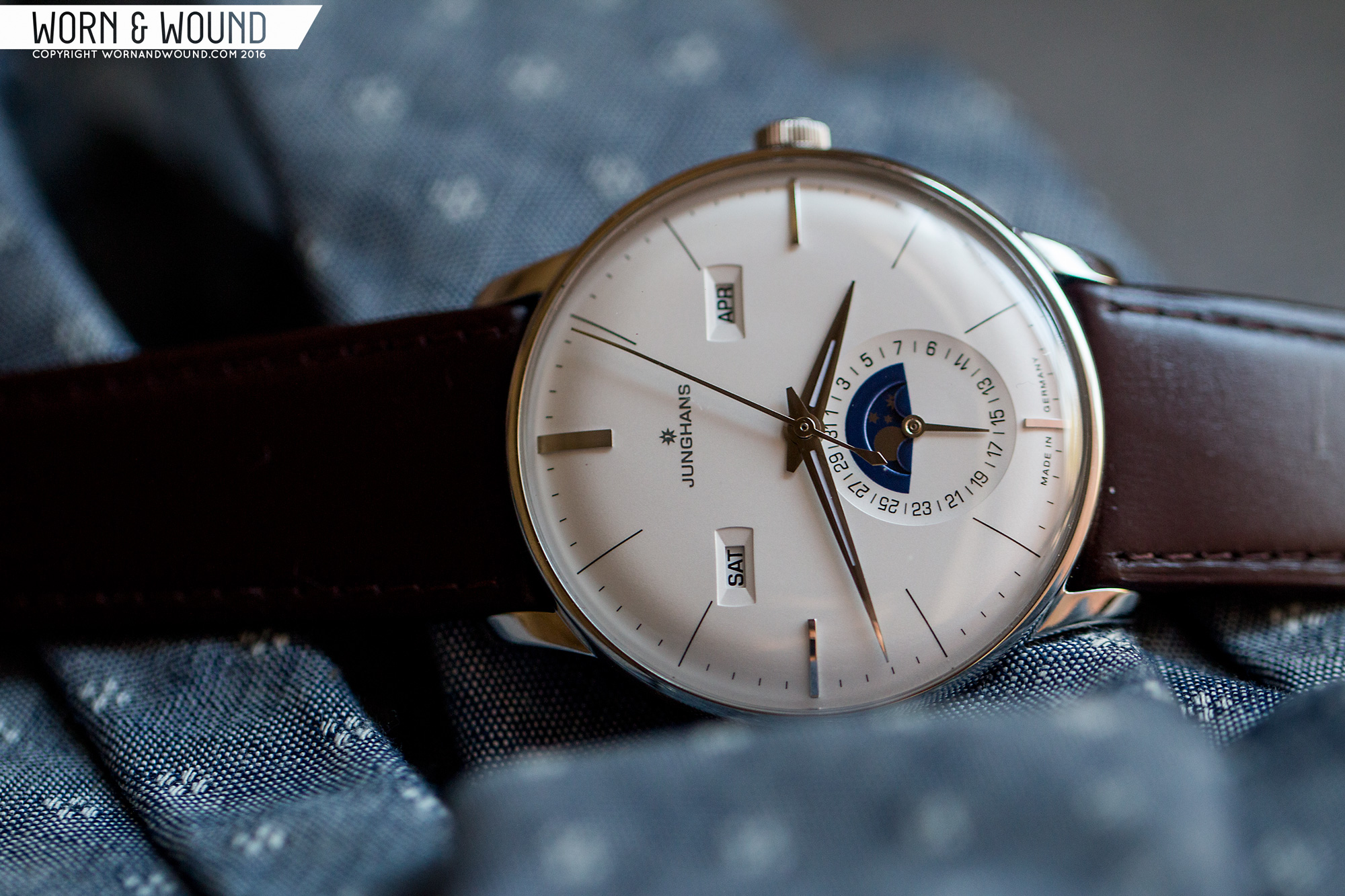


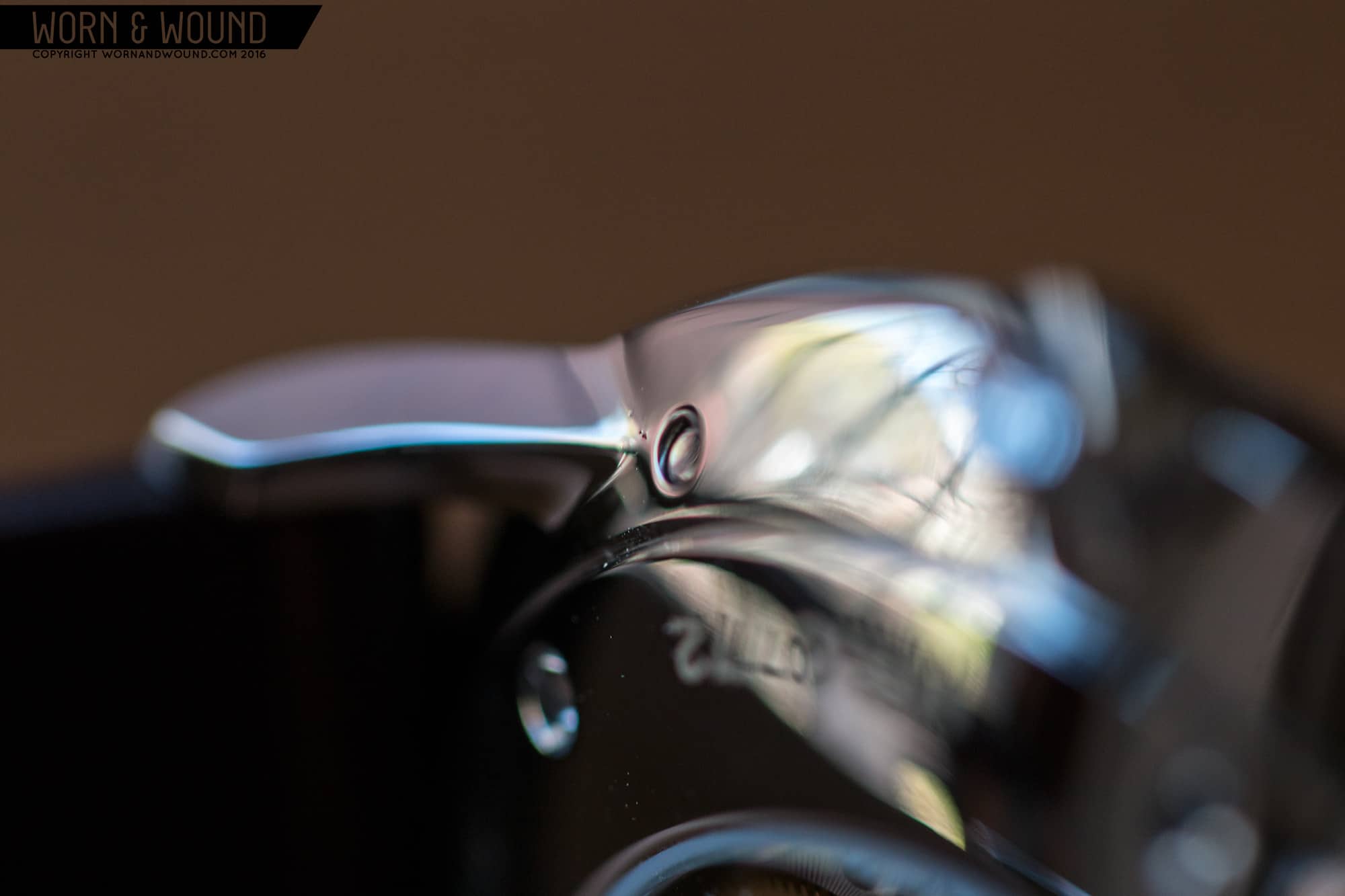
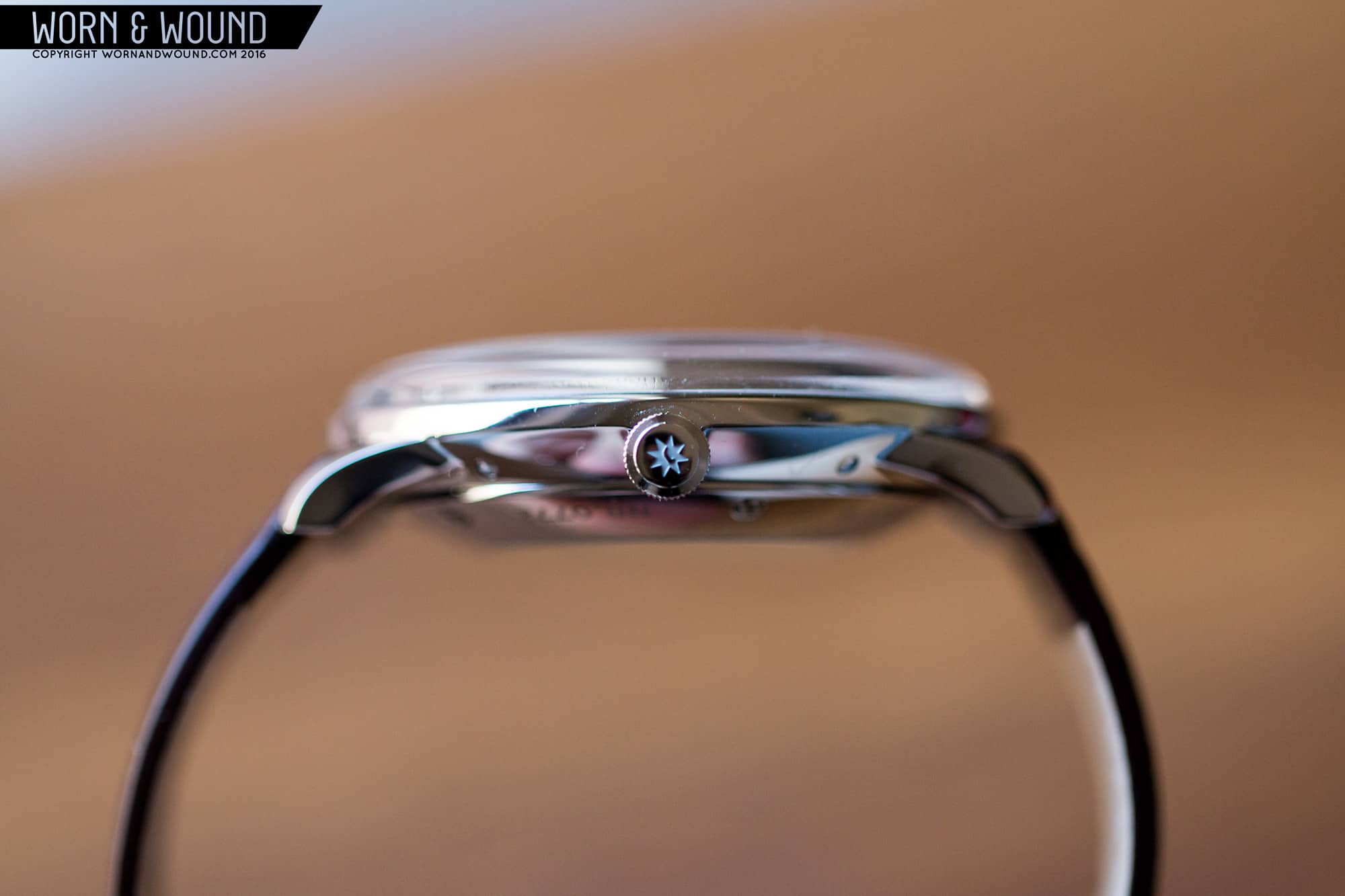

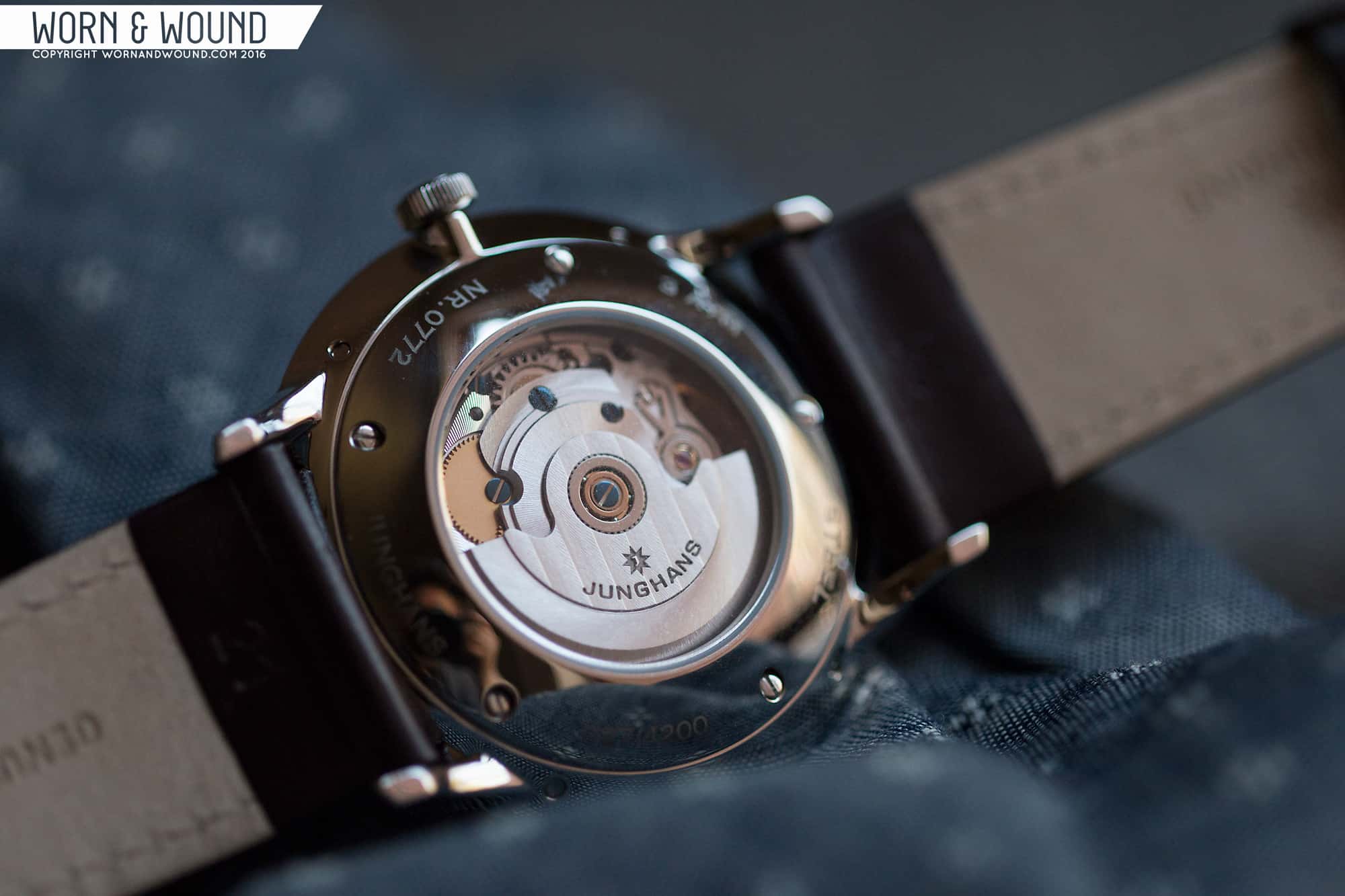
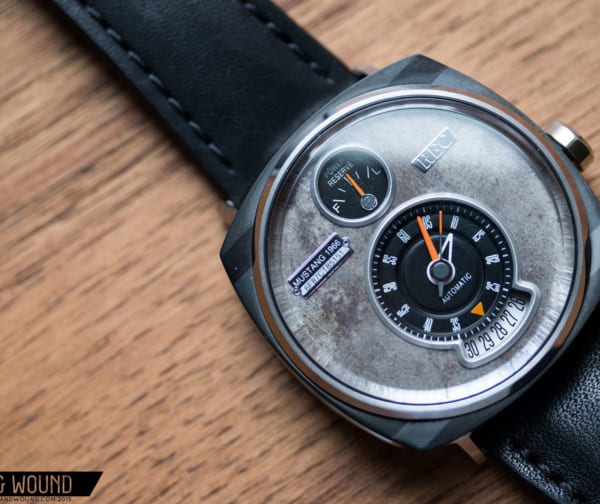
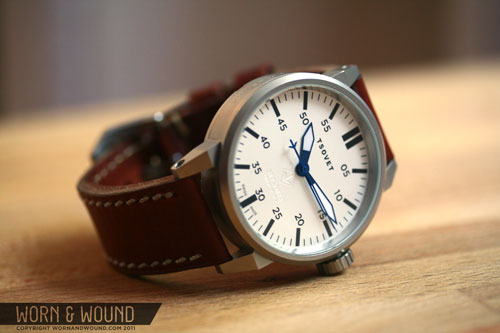
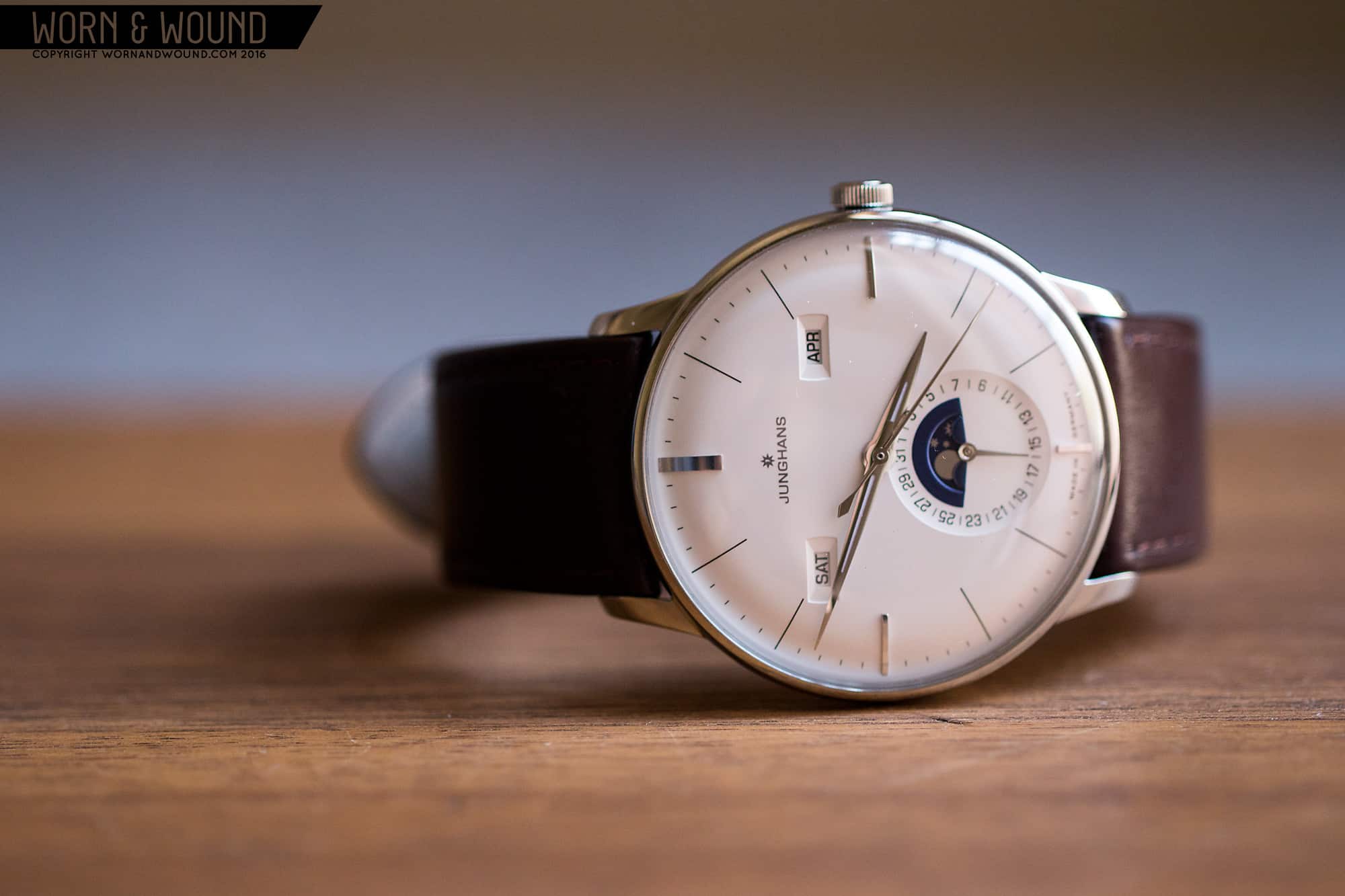

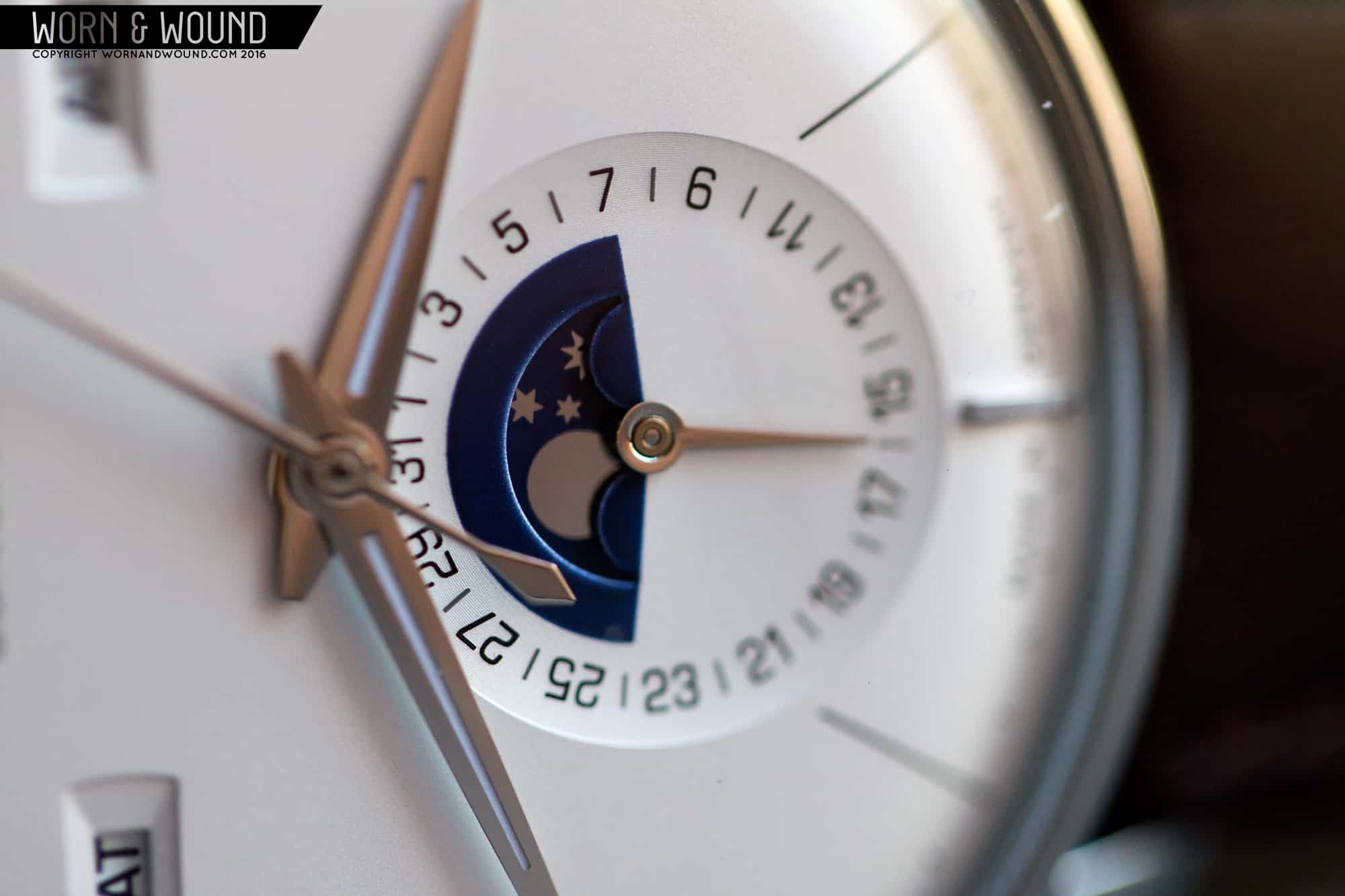
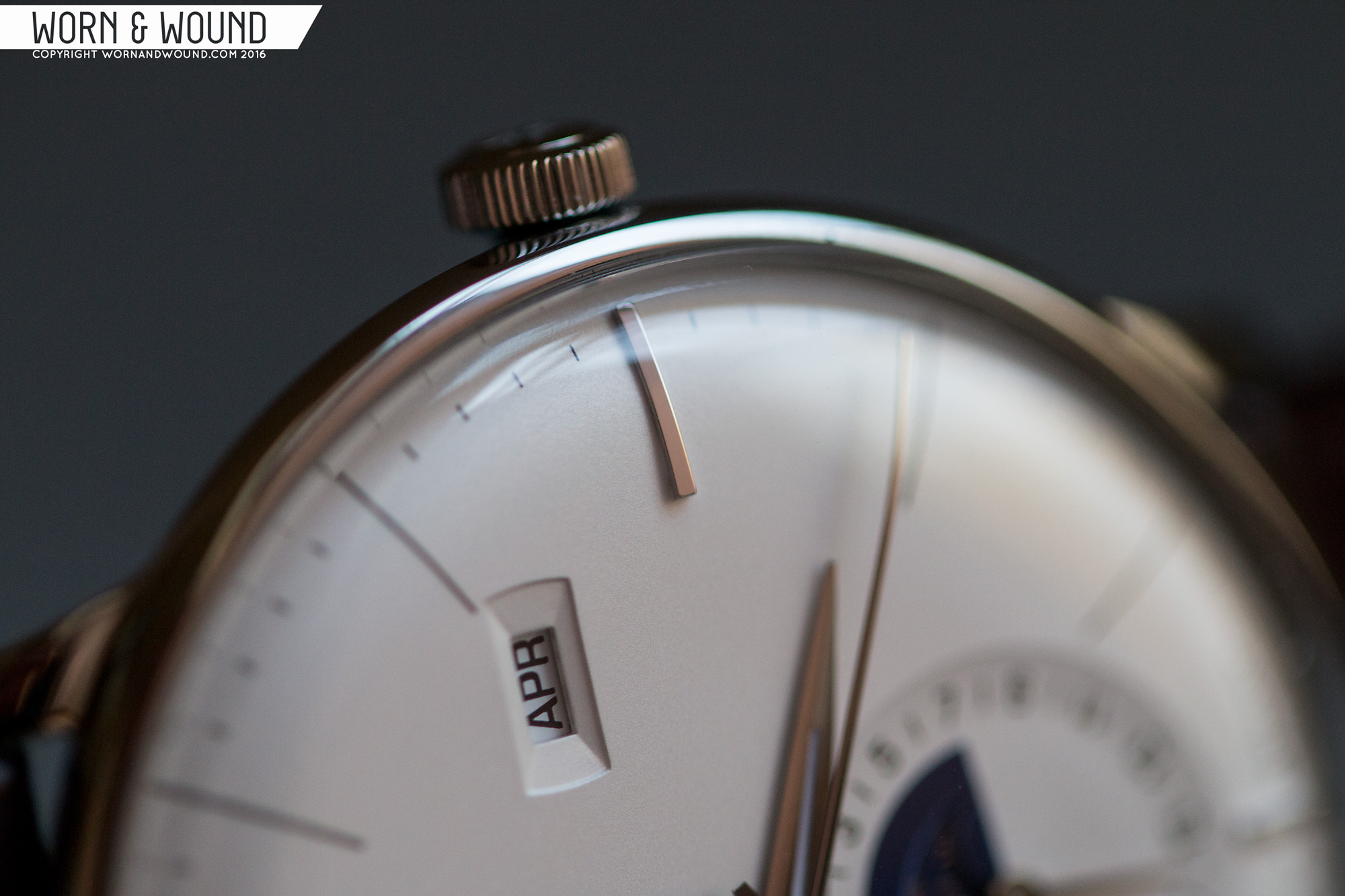
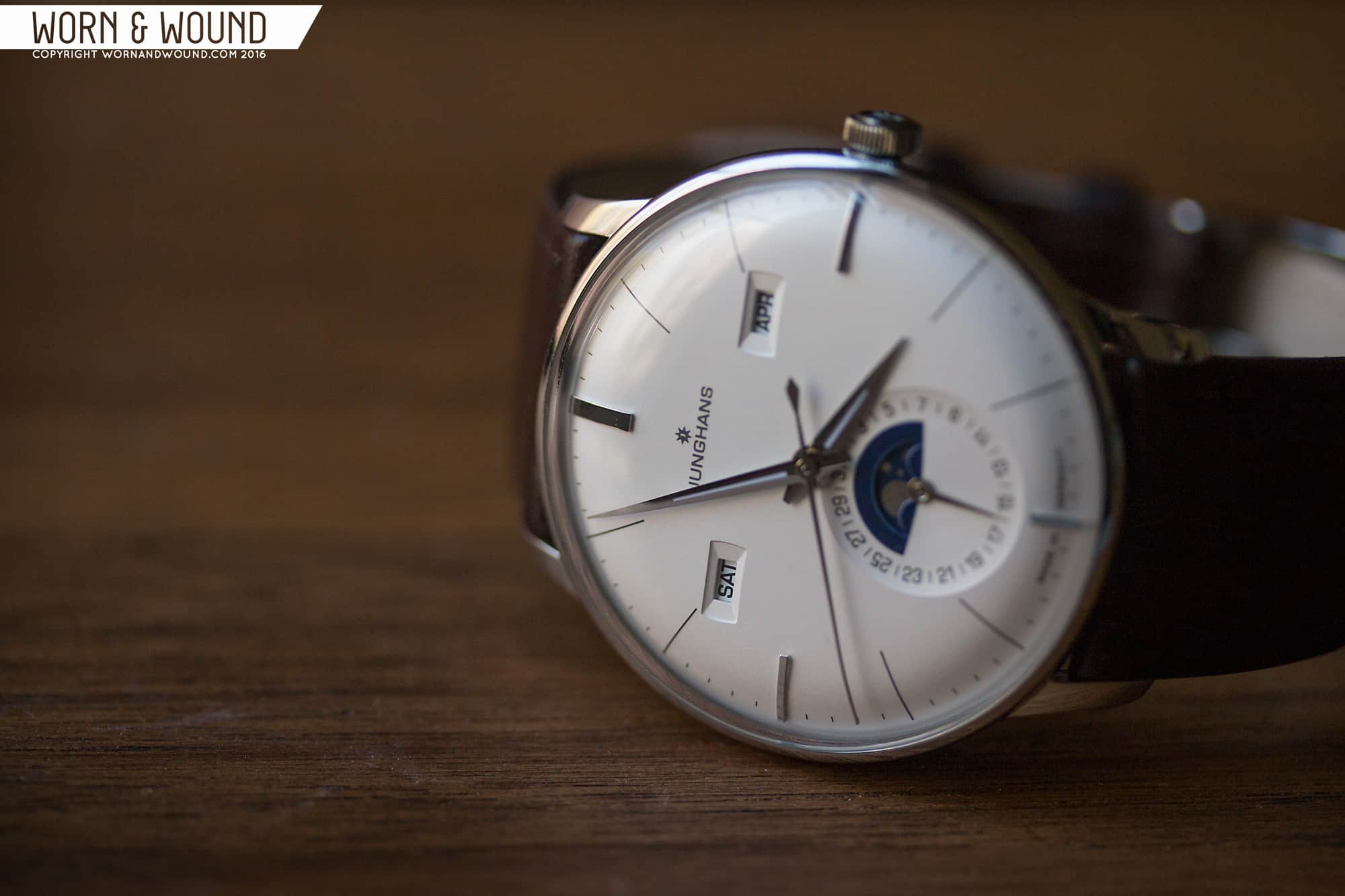
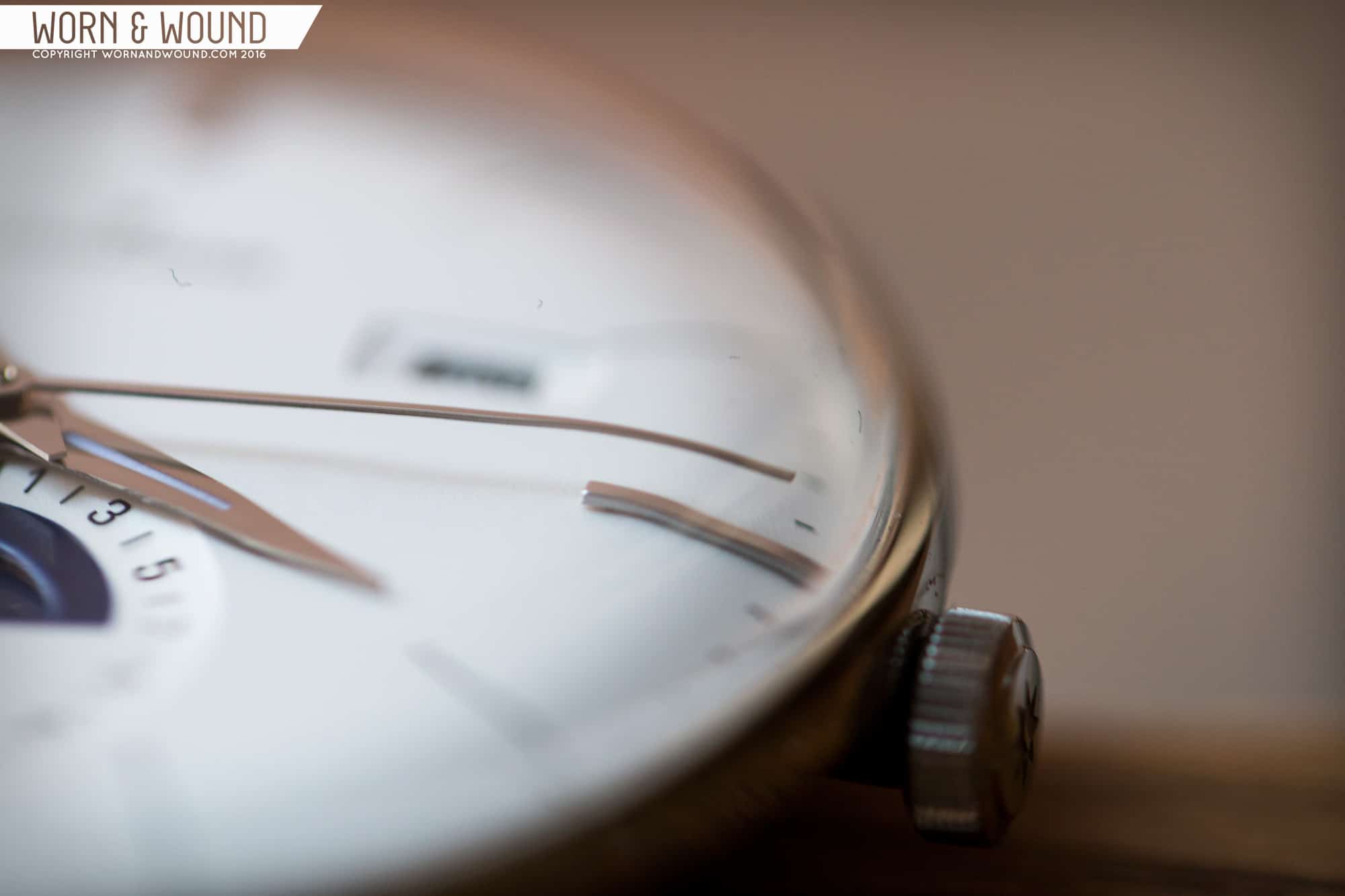
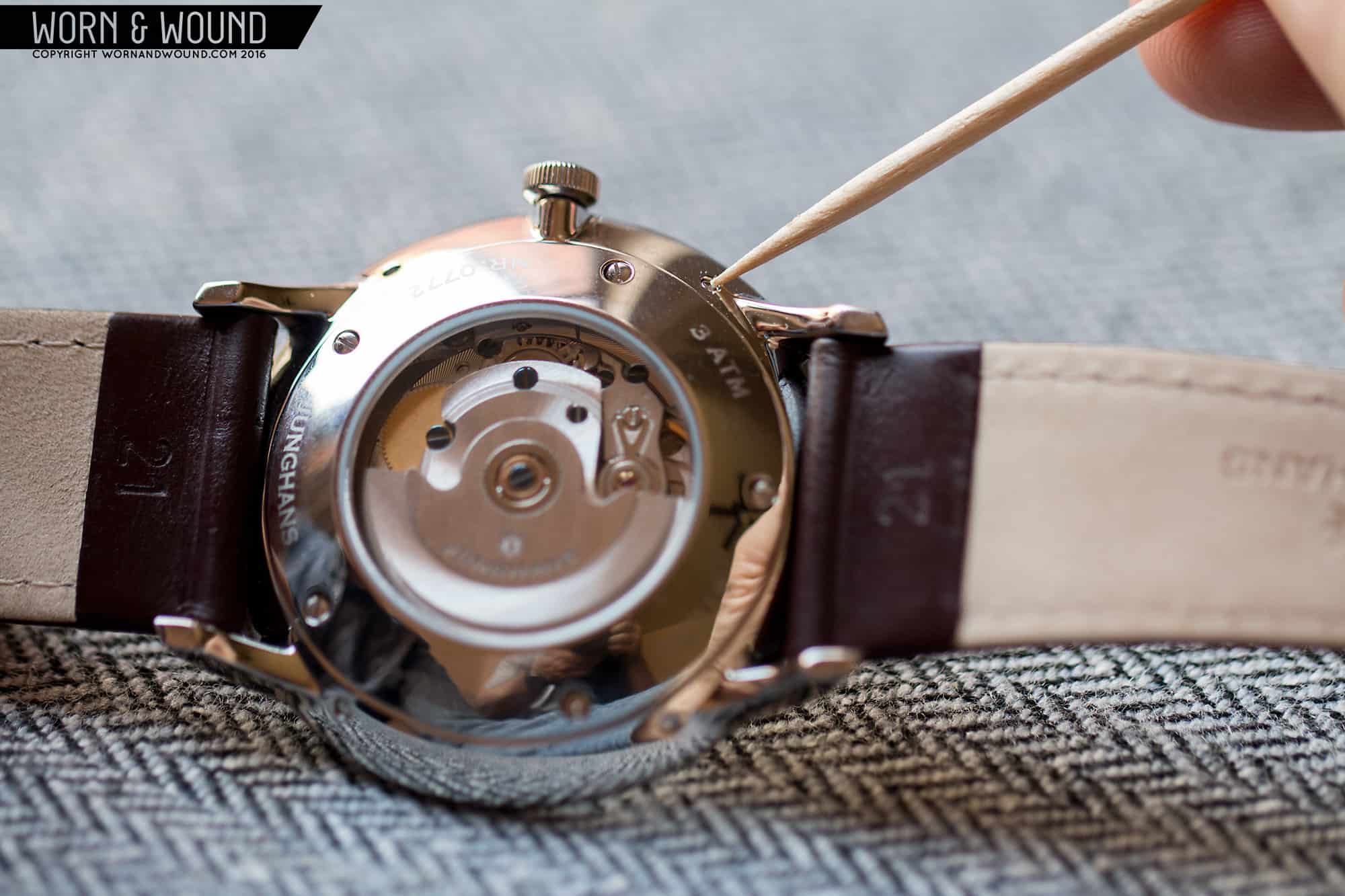
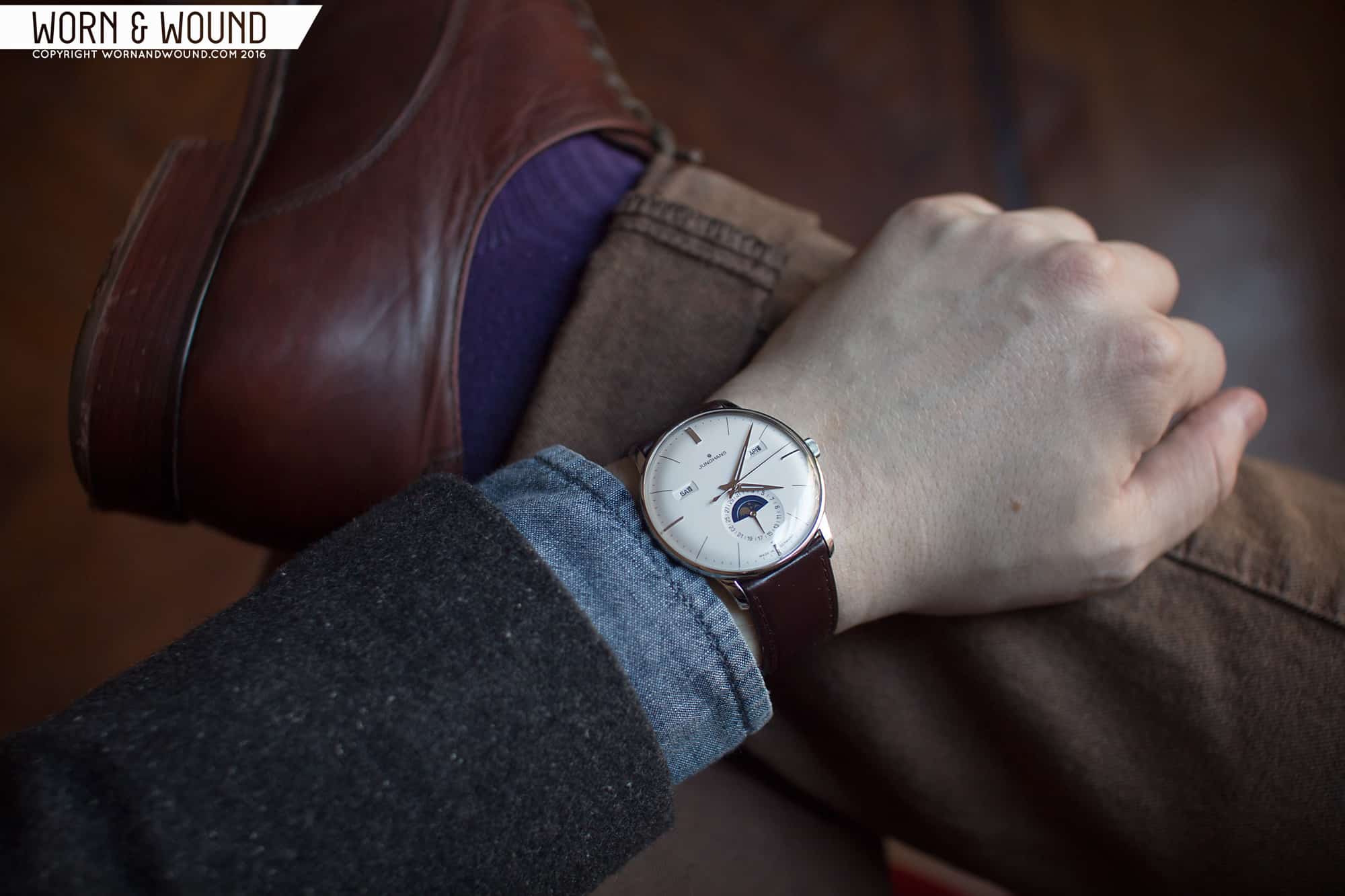


Is it wishful thinking to hope for a return to the days of giveaways? Still bitter I didn’t get that Mk II….
love this! would be perfect with blued hands no lume.
I love the lume, actually. But yes always to blued hands?
Really lovely domed dial. But how scratch resistance is an acrylic crystal with a Sicralan coating? Is it more scratch resistant than a Sapphire coated crystal?
I can’t avoid bumping my watch on various objects. If it is scratched, the beauty will be significantly dimished. And the luster which may not be that noticeable won’t be able to compensate.
If I buy watches for $200 or less, I will not be heartbroken if they are broken. I’ll just buy a replacement. But for a watch worth $1300, I expect this watch can be worn for more than 5 years.
The thing with acrylic crystal is that you can easily buff out scratches with some diamond paste. Or just get it replaced with another acrylic crystal on thr cheap. So in many ways, acrylic is preferable to either sapphire or mineral.
Nelson wrote “But how scratch resistance is an acrylic crystal with a Sicralan coating? Is it more scratch resistant than a Sapphire coated crystal?”
No it is not. The best way to envision the Sicralan-coated crystal is that it is a standard acrylic crystal coated with marketing.
Hi Zack,
Can the crystal with this coating still be polished easily?
Regards,
Dave.
Nobody ever complained that their Speedmaster Pro had an acrylic!
I was recently reading about some older watches that used various Dubois Depraz modules (not necessarily calendar) that can no longer be serviced because parts for the modules are impossible to get. I wonder if DD/Junghans will make a statement on future availability of parts?
Looks beautiful – even if it looks like a face staring back at me. I love the curves of the dial and glass (acrylic).
Does this calendar require adjustment after any month of fewer than 31 days?